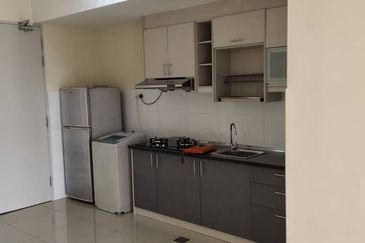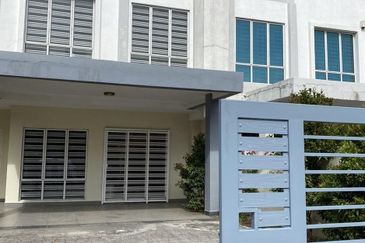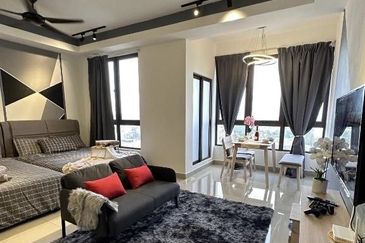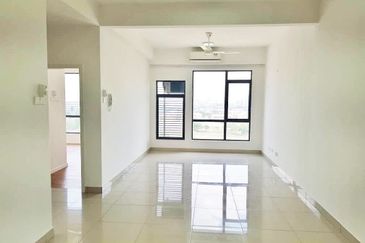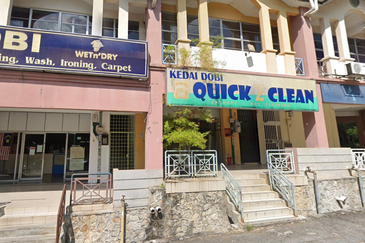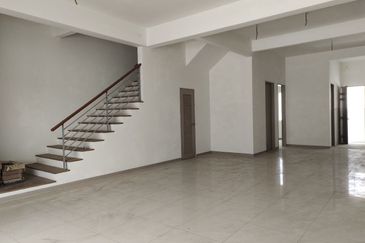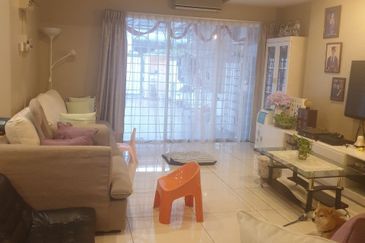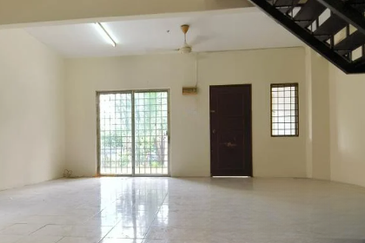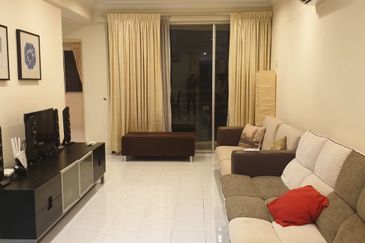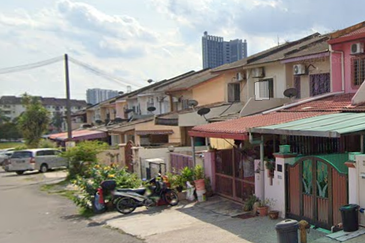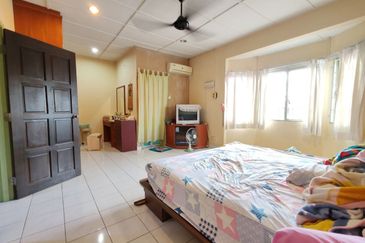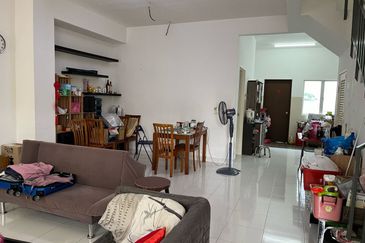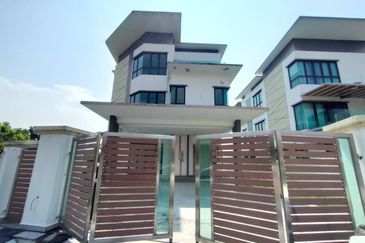THE reported sale of a presidential penthouse in the Citylife@Tampines executive condominium (EC) for a record price of S$2.05 million on Dec 29 sparked a response from the Minister for National Development Khaw Boon Wan, in his blog posting on Dec 7 entitled "Who gets short-changed?"
While many thought that the issue was about whether ECs today are overpriced and beyond the reach of the "sandwiched class", Khaw's blog entry highlighted a different issue: that of developers charging consumers for outdoor roof terraces and private enclosed space (PES), which are considered "free space" as they are not part of the gross floor area (GFA) and therefore not subject to development charges.
"Developers' selling off free spaces to make additional profit for themselves is not improper under the current URA rules," writes Khaw. The creation of more super-sized roof terraces or PES will leave less room for the communal space to be enjoyed by all residents, he adds. Buyers may be disappointed later on if they find out that the outdoor spaces they have paid for are not allowed to be covered up or enclosed. He then called on the URA to "review this policy and have it fixed".
For most industry observers, the words "have it fixed" imply more restrictions ahead, not just on ECs but private condo and apartment projects as well. Some reckon it could take the form of putting a limit of 10% to 25% of GFA that a developer can designate as roof terrace or PES. "A cap on the amount of such space will reduce developers' maximum saleable space efficiency, resulting in a 5% to 10% drop in development value, and therefore lead to tamer bid prices at government land tenders," says Donald Han, special adviser at HSR Property Group.
Another possibility is that a development fee will be imposed on roof terraces and PES. "If the developers have to pay for the space, they could pass the costs on to the purchasers," says Alan Cheong, head of research at Savills Singapore. "As long as the measures are not retrospective and do not apply to projects that have already been tendered out, developers will work their way around the measures."
For instance, developers could build more typical cookie-cutter units, instead of providing PES for people to create their own private garden, Jacuzzi or enjoy al fresco dining. Charging developers for the free space may not address Khaw's concern, which is to create communal space for residents' enjoyment, points out Cheong.
"Such outdoor spaces have been an integral part of our developments for a long time, and they are positioned as a lifestyle option," says another property consultant who declined to be named. "These are the features that offer condo buyers a bit of a landed-housing feel. As for PES or roof terraces, they may not contribute that much to the communal space if the developer has to surrender them," he explains. "I'm not sure if it makes sense to cut out the spaces," he adds.
Whether it's the introduction of some kind of development fee for PES and roof terraces or a cap on the sizes of such spaces, what is clear is that developers are likely to either eliminate or drastically reduce such spaces in future projects. "It's good for those who currently own such units," says a property investor. "Such spaces would be considered rare and would therefore be more valuable in the future."
A third possibility could be to put a cap of around 2,000 sq ft on the sizes of penthouses in ECs. "This will preserve the public housing element of ECs and reduce the hue and cry," says a property consultant who declined to be named. This is perhaps an anticlimax to 2012, which saw a record 5,615 EC units launched during the year and about 4,000 units (70%) sold, he adds.
[Jo-Ann Huang is staff writer at The Edge Singapore.]
This story first appeared in The Edge weekly edition of Feb 18-24, 2013.
TOP PICKS BY EDGEPROP
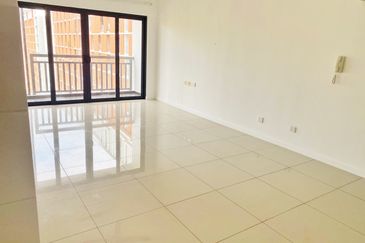
Suria Residence by Sunsuria
Bukit Jelutong, Selangor
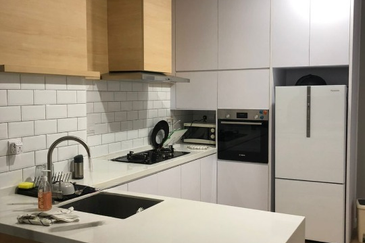
Tenderfields @ Eco Majestic
Semenyih, Selangor

